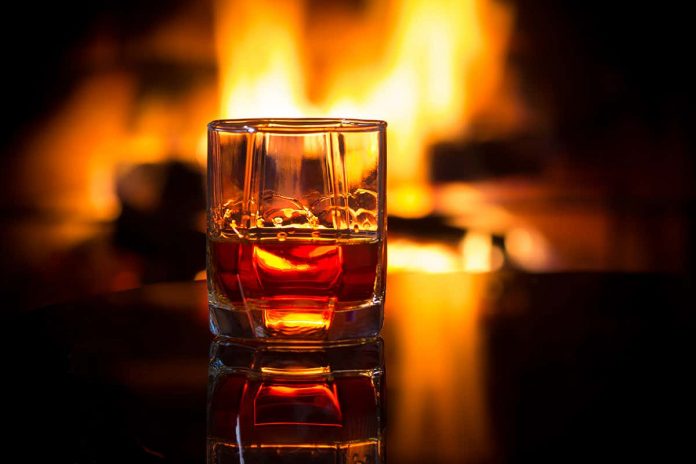[ad_1]
The finest whiskies are left to mature, sometimes for decades, but several companies claim to be creating similarly delicious drams in the lab in just a few hours. We put one to the test
Technology
16 December 2020

Getty Images/iStockphoto
HAPPINESS for me is a few good friends, a selection of unusual whiskies – and definitely no ice. When I lift a glass to my nose, it is a portal to a different world of perception. There could be scents of vanilla, fruit, smoke and even freshly cut grass, all of which act like clues to the story behind the spirit. Sniff carefully, and I might discern the myriad choices the drink’s makers made as they carefully crafted it over many years.
Lately, however, I have found myself asking whether the prodigious efforts of distillers are entirely necessary. Ageing spirits in barrels for years is painstaking stuff. Is it possible to make a dram without all that faff? After all, there are people on the whisky scene who claim to be able to produce a delicious version in a single night.
Their secret sauce is flavour chemistry. If you can work out the molecules that produce the complex taste and smell of a great whisky and combine them in the right proportions, they argue, you should be able to create a drink that tastes just as good. But is it really possible to make a convincing whisky within hours in a lab? Together with a group of flavour experts and fellow New Scientist staff, I braced my taste buds and put overnight whisky to the test.
The traditional way of making whiskies involves soaking and heating cereal grains to convert their starch into sugars that can be fermented into alcohol. The mixture is then distilled so …
[ad_2]
Source link











